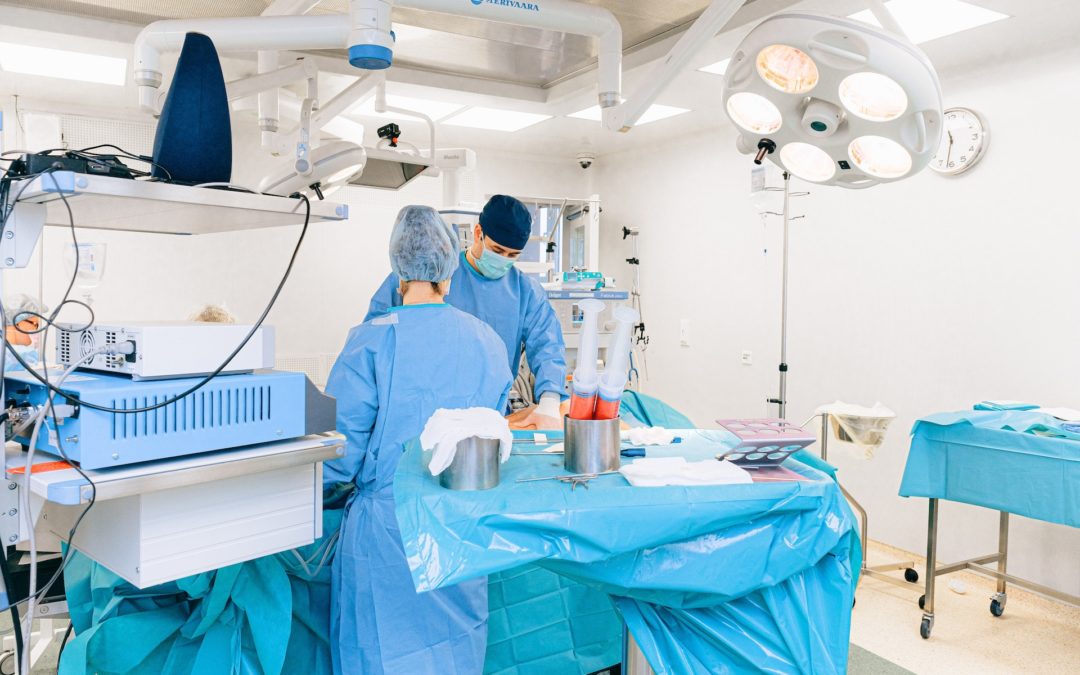People may not expect that leeches would be used in modern medicine. In 2004, the Food and Drug Administration allowed the use of these parasites in certain medical procedures, such as plastic and reconstructive surgery. Since then, their use in these procedures has increased. Besides being used in the US, leeches are also commonly used in the UK’s National Health Service.
During a medical procedure, a doctor places a graft or tissue into another part of the body. They then connect blood vessels to the surrounding tissue to maintain a blood supply. Usually, these surgeries are successful, but in certain cases, they can fail. After the patient has been taken back to the operating room, the doctor can examine the stitches and reattach the blood vessels.
According to Jayant Agarwal, a plastic surgeon at the University of Utah, one of the most common reasons a blood vessel can fail during a medical procedure is due to the fragility of the blood vessel. For instance, if the end of a vein is damaged during an accident, the blood flow may be restrained. However, if the blood supply is not connected to the transplanted tissue, it can pool in the body’s other tissues.
Jeffrey Janis, a plastic surgeon at the Wexner Medical Center, said that the presence of the leeches could provide temporary life support. He noted that without this help, the tissue could die.
How Does it Work?
When a leech bites, it sucks blood and injects compounds known to keep it from clotting. Its saliva also contains substances that can dilate blood vessels. These substances, which are histamine-like, can improve the flow of blood. To prevent blood clots, physicians sometimes use anticoagulants such as warfarin. But, according to Jayant, the active sucking of blood is still required.
Depending on the graft size, the process can last up to 10 days. After that, the leeches can be reintroduced to the patient while the medical staff monitors the process. They can only be used once and are usually drowned in alcohol once they have served their purpose.
Possible Technological Alternatives
Scientists have been searching for other ways to replace the use of leeches in medical procedures for a long time. The first attempt was made during the 19th century due to the high demand for the invertebrates in Europe. In 1817, Jean-Baptiste Sarlandire developed a device that could be used to drain blood from a patient.
For his research, Jayant collaborated with other scientists at the University of Utah. Their goal was to create a mechanical leech that could deliver an anticoagulant medication while also imitating the suction of the leeches. The prototype consists of several needles that puncture the skin. The central needle would be used to deliver the medication to the tissue, while the surrounding components would allow blood to suction.
The researchers hope that the device, which is about the size of a thumb pad, could be used by doctors to control the rate and volume of blood that’s collected. Currently, they’re testing its ability to deliver the medication into the tissue where it’s attached.
Other scientists have also been working on developing similar devices that could be used to replace the use of leeches in certain medical procedures. However, the prototype is still in its early stages of development.
